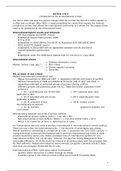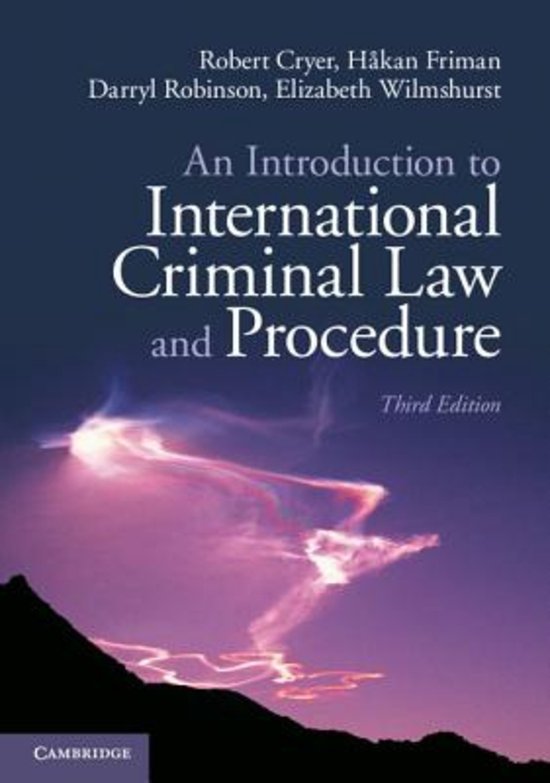Summary
Summary Lecture Notes International Criminal Law
- Course
- Institution
- Book
Complete notes of all the lectures and seminars of the course. The powerpoint slides are integrated in the document. I used these notes for the assignments & to learn for the exam and I ended the course with a 9,2!
[Show more]




